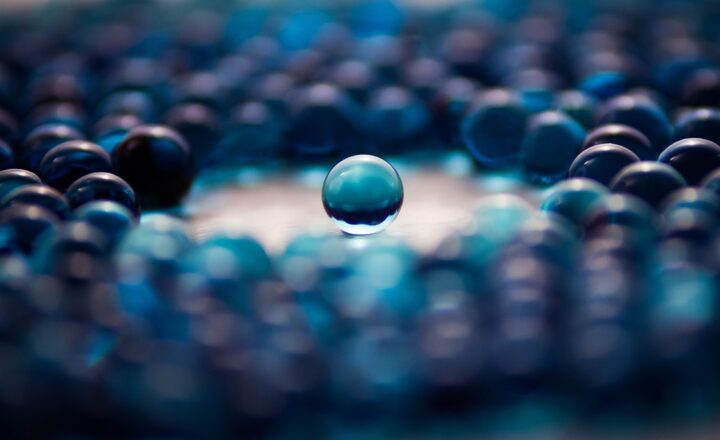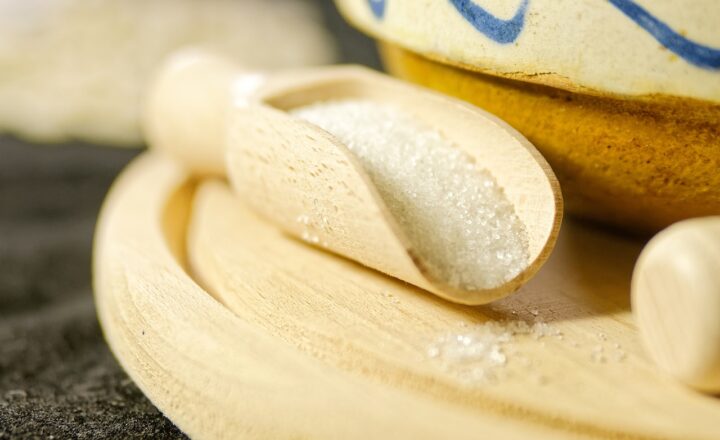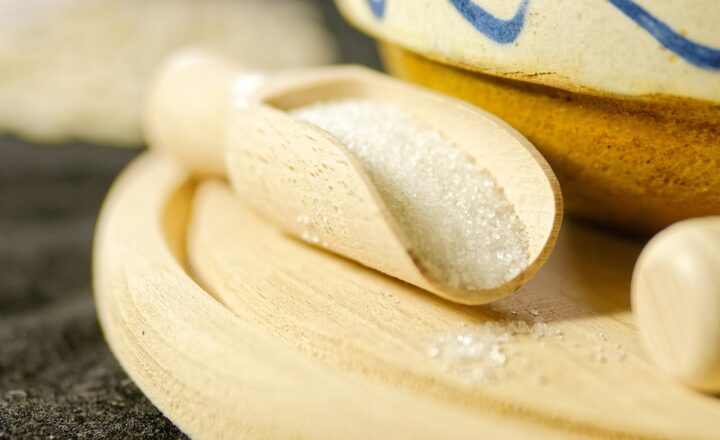
When it comes to preserving fruits through canning, making jams, jellies, or spreads, one of the most critical ingredients is sugar. Choosing the right type of sugar not only impacts the flavor and texture of your final products but also affects the preservation quality. In this comprehensive guide, we’ll explore the different types of sugar available for canning, their unique properties, and how to select the best option for your delicious preserves.
1. The Role of Sugar in Canning and Preserves
Sugar is a key ingredient in canning and preserving because it serves multiple purposes:
- Flavor Enhancement: Sugar naturally enhances the sweetness and flavor of fruits, making your preserves taste delightful.
- Preservation: Sugar acts as a preservative by reducing the water activity in jams and jellies, which inhibits the growth of microorganisms. This extends the shelf life of your products.
- Texture Improvement: Depending on the type of sugar used, you can achieve different textures and consistencies—thicker jams or smooth jellies—by manipulating sugar’s properties during the cooking process.
It’s important to note that not all sugar is created equal. The type of sugar you choose can significantly affect your final product. Let’s dive into the various types of sugar you can use for canning, jams, and preserves.
2. Types of Sugar for Canning and Preserves
There are several types of sugar available for canning and making preserves, each with its unique attributes and uses:
2.1 Granulated Sugar
Granulated sugar is the most commonly used sugar for making jams, jellies, and other preserves. Its fine texture allows it to dissolve easily in fruit mixtures.
- Best For: Standard jams and jellies, fruit preserves, and syrups.
- Tip: Ensure proper measurements since the sweetness can vary depending on the fruit’s ripeness and acidity level.
2.2 Brown Sugar
Brown sugar, which contains molasses, adds a rich, caramel-like flavor to your preserves.
- Best For: Darker jams and jellies, spiced fruit preserves, and recipes that highlight deeper, warmer flavors.
- Tip: Use it sparingly; the molasses can affect the final gelatinization, so mix with granulated sugar for balance.
2.3 Honey
Honey can be a natural alternative to refined sugars, providing unique flavors depending on the type of honey used.
- Best For: Fruit preserves, enhancing flavor profiles, and as a natural sweetener in recipes where a distinctive taste is desired.
- Tip: Reduce the overall liquid in the recipe, as honey has a higher moisture content than sugar, and go for 3/4 cup of honey for every cup of sugar required.
2.4 Agave Nectar
Agave nectar is another natural sweetener that dissolves quickly and works well in preserves, although it has a lower glycemic index than traditional sugars.
- Best For: Fruit preserves and jams, particularly when trying to achieve a lighter flavor without overpowering the fruit.
- Tip: Substitute agave nectar at a ratio of 2/3 cup for every cup of sugar, and reduce the liquid in the recipe accordingly.
2.5 Jam and Pectin Sugar
This special type of sugar often contains added pectin and is designed specifically for canning and preserving.
- Best For: Quick and easy jams or jellies that do not require additional pectin and a shortcut to achieving a good consistency.
- Tip: Follow the package instructions for the best results, following the recommended ratios and methods for preservation effectiveness.
2.6 Coconut Sugar
Coconut sugar is another natural sugar alternative with a low glycemic index and unique taste.
- Best For: Recipes that require a darker, more caramelized flavor profile, especially in tropical fruit jams.
- Tip: Use as a 1:1 substitute for granulated sugar but be mindful that it may yield a darker color in preserves.
3. Tips for Choosing the Right Sugar
When choosing sugar for your canning or preserving projects, consider the following tips:
- Understand Your Fruit: The type and ripeness of the fruit will influence how much sugar you need. Sweeter fruits may require less sugar than tart ones.
- Balance Flavor and Texture: Depending on the desired flavor profile, you may want to mix several sugars to achieve a unique taste and texture.
- Consider Health Factors: If you’re looking to reduce sugar intake, explore natural alternatives like honey or agave nectar, but adjust the ratios accordingly.
- Follow Recipe Guidelines: Always stick to recipes, especially when making preserves, as they’re crafted for optimal flavor and preservation effectiveness.
- Conduct a Taste Test: Don’t hesitate to taste your mixtures before canning. This allows for adjustments in sweetness and flavor balance to suit your preferences while ensuring the final product is enjoyable.
4. Conclusion
Choosing the right sugar for canning, jams, and preserves can make a significant impact on the final outcome of your efforts in the kitchen. With the variety of sugars available—from granulated to alternatives like honey and agave nectar—you can tailor your preserves to your flavor preferences and dietary needs. Take the time to experiment with different sugars, adjust proportions, and enjoy the art of preserving fruits with sweet success!







